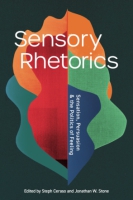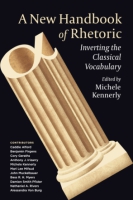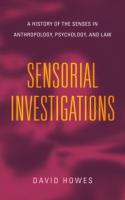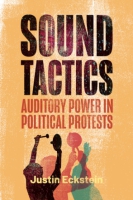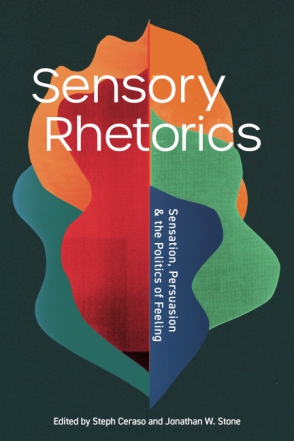
Sensory Rhetorics
Sensation, Persuasion, and the Politics of Feeling
Edited by Steph Ceraso and Jonathan W. Stone
Sensory Rhetorics
Sensation, Persuasion, and the Politics of Feeling
Edited by Steph Ceraso and Jonathan W. Stone
“Compelling and timely, Sensory Rhetorics provides bold new pathways for engaging the possibilities of sensation and sensing. These rich essays provoke us to reconsider, or re-sense, what it means to exist in a body among others, alongside material and technological infrastructures, and in the unfolding of still fraught histories. A must-read for scholars invested in theories of affect, embodiment, and materialism.”
- Description
- Reviews
- Bio
- Subjects
This volume illuminates and interrogates how rhetoric “makes sense,” focusing on the ways sensation acts as a suasive force in everyday life. Essays in the volume offer an array of (multi)sensory methods and experiences to demonstrate how sensory rhetorics open new avenues for thinking about our world. The volume begins with the role of disgust in our partisan politics and the digital economy, introduces key concepts of sensory rhetoric, and models innovative methods in relation to environmental injustice, anti-racist work, and gender-affirming surgery. The final essays leave readers with provocative questions regarding sensory regimes and exclusion, received notions of meaning, and the deeply anti-sensory attitudes of coloniality to reimagine the future work of sensory rhetoric. Together, the authors argue that this era of unprecedented change requires new kinds of bodily knowledge and sensory methods to help us understand the most pressing issues in contemporary life.
In addition to the editors, the contributors to this volume are Kerry Banazek, Natalie Bennie, Kyle S. Bond, Justin Eckstein, Margot Finn, Benjamin Firgens, Romeo García, David M. Grant, Ames Hawkins, Bryan W. Moe, Christa J. Olson, Lisa L. Phillips, Kellie Sharp-Hoskins, and Kelly Williams Nagel.
“Compelling and timely, Sensory Rhetorics provides bold new pathways for engaging the possibilities of sensation and sensing. These rich essays provoke us to reconsider, or re-sense, what it means to exist in a body among others, alongside material and technological infrastructures, and in the unfolding of still fraught histories. A must-read for scholars invested in theories of affect, embodiment, and materialism.”
“This sensational book is about how to do things with and without words! It explores how the senses can be mobilized to persuade people instead of resorting to linguistic tricks alone. Sensory Rhetorics opens a bold new chapter in rhetoric and communication studies. With its essays on disgust, autokinesis, antiracism, environmental injustice, hyperconsumption, digitization, extratextual energies, and suasive force, among other topics, it is a highly welcome contribution to the “sensorial revolution” that is sweeping the humanities and will set a new benchmark.”
Steph Ceraso is Associate Professor of Digital Writing and Rhetoric at the University of Virginia. She is the author of Sounding Composition: Multimodal Pedagogies for Embodied Listening.
Jonathan W. Stone is Associate Professor of Writing and Rhetoric Studies at the University of Utah. He is the author of Listening to the Lomax Archive: The Sonic Rhetorics of African American Folksong in the 1930s.
Also of Interest
Mailing List
Subscribe to our mailing list and be notified about new titles, journals and catalogs.
